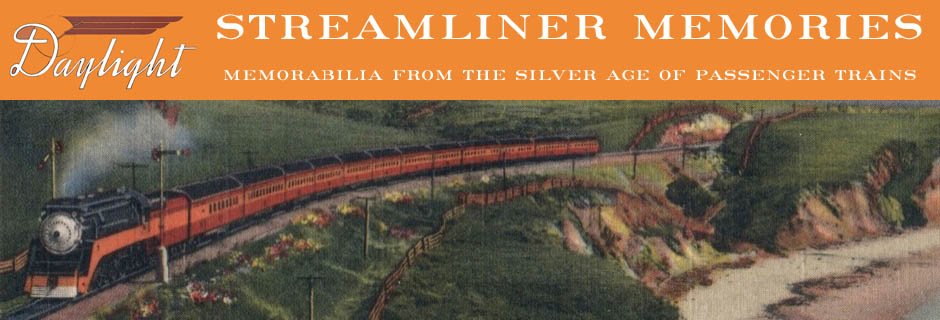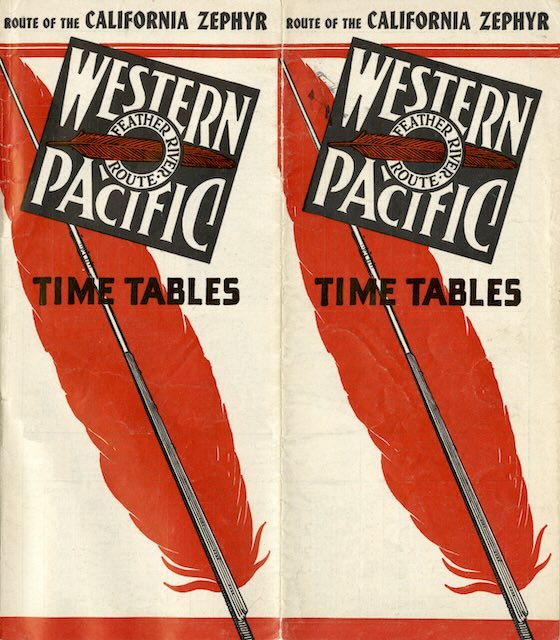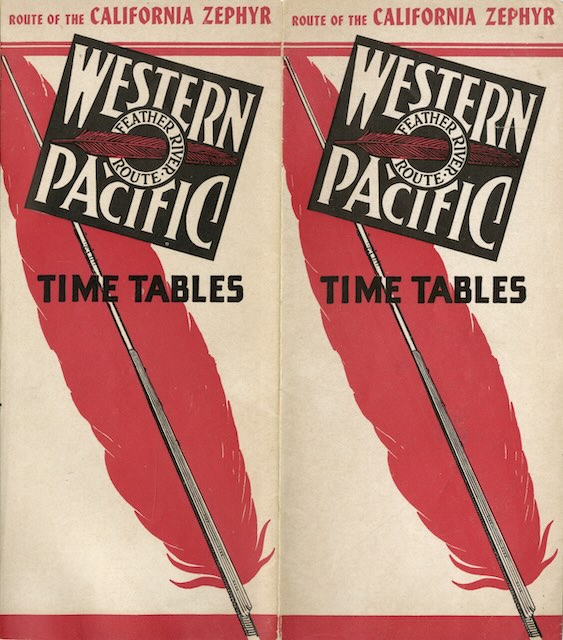The page before the centerfold map presents the state of Arkansas, noting that this would be “No. 1 in a series of color pages featuring the states served by Missouri Pacific Lines.” The article is accompanied by a photo of the Arkansas capitol building, the same photo that would be used in the April 1956 timetable as part of a series on state capitols in Missouri Pacific states. In retrospect, a different photo should have been used here, perhaps one of the Ozarks or Hot Springs.
 Click image to download an 25.9-MB PDF of this 48-page timetable.
Click image to download an 25.9-MB PDF of this 48-page timetable.
The page after the centerfold is an article about “Lincoln, the Capitol of Nebraska” accompanied by an aerial photo that could be any mid-sized city, USA. The text of the article itself was “prepared by the Lincoln Chamber of Commerce.” Continue reading









